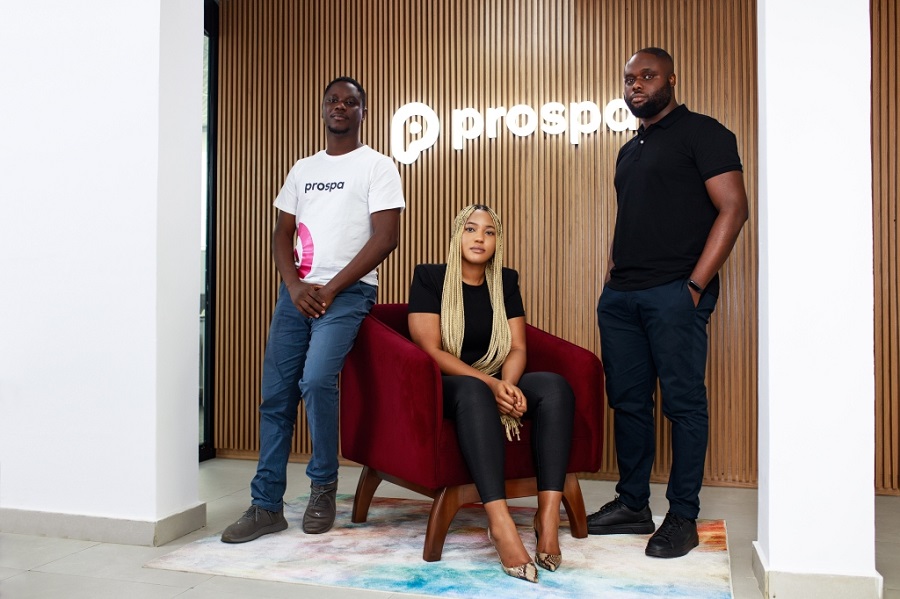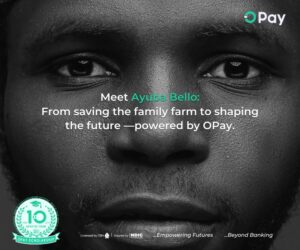- Developing and scaling a new product idea involves navigating various challenges and variables, including budget, industry landscape, and target audience purchasing power.
- A six-step framework is often used to standardize the product development process, starting with ideation and progressing through research/prototyping, validation, planning, sourcing, and costing.
- The ideation phase involves brainstorming the product’s concept and unique selling proposition, while research/prototyping focuses on testing and refining the product.
Developing an original product idea and bringing it to market isn’t an easy task or as straight-line a process as you think.
Iterating any idea comes with different challenges and variables including budget, industry, competitive landscape, economic factors, and even your target audience’s purchasing power.
Thus, there are no actual blueprints for this process. However, similarities do exist in approaches that most entrepreneurs and successful business founders take.
So, in this article, we will discuss the 6 more consistently used steps that have been successfully used to scale a business idea into a very first sale and then market acceptance.
First off, Product development is the process of building a new product, from the ground up. It involves the initial seeds of the product, commonly labelled, the ‘idea’, and then through to what might be the official launch of the product. Product development typically begins with those
initial brainstorming sessions, when you’re just discussing the possibilities existent in an idea. At times like these, the process is creative but not strategic, and you may have seen it done in a million different ways, but without clear organization which invariably leads to many ideas dying prematurely.
True, it can be hard to mesh creativity and strategy effectively, particularly in creating and then scaling a new, market-ready, product.
This is why the product development process has a six-step framework to help you standardize and define your work, making it easier to subsequently conceive more, other, or even better products and take them to market, quickly, by following the same or a near-identical process as the ones below:
- Ideation – Brainstorming a Product’s concept and Unique Selling Proposition
- Research/Prototyping – Testing and refining your new product’s concept.
- Validation
- Planning
- Sourcing
- Costing
Ideation
is always the first step, and as the name implies, should be the easiest, right? However, many entrepreneurs typically get stuck on this first level of the product development process because many often wait for a stroke of genius to reveal the perfect new product that its intended market will embrace the instant, they come in contact with it.
This is why so many ideas never make it to the next step or the resultant low sales or acceptance levels discourage the entrepreneur enough to make them move on to the next ‘big’ thing.
Building something new can be quite fulfilling, particularly when the market embraces this idea even before it hits stores, but keep in mind that many of the best ideas that people happily pay the most money for are the results of iterations of existing ones refined continually over time.
So, do not get hung up on the idea of creating something new, as your target audience may not even be ready for this ‘revolutionary product’ just yet, particularly when the old one(s) work just fine or a large part of your target market doesn’t quite have the means, yet, to pivot from the old, e.g. The electric vehicle.
You can use the ‘SCAMPER’ Model as a useful tool to quickly devise new product ideas, particularly in their early stages.
- Substitute: a) What materials, tangible or intangible, can you substitute to improve an existing product? b) Can you use this new product idea somewhere else or as a substitute for something else? e.g. Could you produce dumbbells that use cheaper products produced other than metal or concrete?
- Combine: a) What materials could you combine to get a new product? b) What about combining the purpose of an old product with the objective of another to create a new product? e.g., Bluetooth earbuds. Neither Bluetooth nor earphones were a new idea. But combine the two, and, voila!
- Adapt: What needs to change to improve the output or results of an existing product?
- Modify: How can you modify existing systems and/or processes to disrupt the industry? This makes you think about the big picture or the entire value chain if you will, not just the product itself. E.g., Netflix changed the way movies were enjoyed by simply eliminating the need to walk into a physical store to buy a cassette.
- Put to another use: What are the benefits of this existing product if used elsewhere or in a completely new market? Can we recycle another industry’s waste into another industry?
- Eliminate: What can you eliminate from an existing product or process to force people to see the consequent outcome as a completely new product or service worth paying for?
- Reverse: Sometimes, innovation happens through the process of reverse engineering. Thus, what would happen if a product were produced backward?
During the prototyping/research phase, your will need to create a more detailed product breakdown through the use of a business plan.
Early-stage prototypes might be as simple as a drawing or a more complex computer render of the initial design. These help you identify areas of riskiness in your new product before actual production.
During this phase, you should work on specifics like Feasibility analysis, Competitive landscape, Market Risk Research, Product-Market fit, Design strategy, and esthetic view, to at least reach something close to a Minimum Viable Product (MVP).
One critical benefit of first developing an MVP is that it allows you to test your concept by offering the core set of product features and then seeing if it resonates with your target audience as intended before you begin to stack on other features, perhaps even at a slightly higher price.
Once your MVP is ready, one of the best ways to get Validation is through product use and endorsements. However, endorsements, particularly from family and friends might be fickle as some of these may simply say what you wish to hear about your new product’s true value to solving a problem.
Thus, one valuable way to get Validation, particularly if you may be seeking to pitch your new idea and product to potential investors, is through such windows as Crowd Funding platforms, Blind Taste Tests, Free Sign–trials, etc. Particularly with Crowd Funding, once you can prove that strangers to you and your business are ready to pledge money for your product, you are well on your way to creating a market-ready product!
The Planning stage of Product Development is typically done concurrently with both the Prototyping and Validation stages.
However, this stage involves one critical question that the other two do not answer. How do I ‘Mass Produce’ cheaply while maintaining perceived quality and values, ‘How much will it cost’, and what will be my ‘Sales Funnel’?
Answering this question right off the bat can be deceptively tough as in most cases, if you are building a tangible, the best and cheapest products may have to be sourced outside your immediate location, or abroad, all of which may involve attendant costs that could make your product more expensive than average.
More reason, you may need to create a Product Positioning statement or go further to formulate a Product Positioning Matrix to understand your product’s competitive advantage and consequently best channels to reach your market.
The Planning stage is therefore, for many experts, a pivotal phase in the Product Development process and it should be for you too. Regardless of how exciting your new product may be, should you get it wrong here by perhaps having the wrong fundamental understanding of your product’s viability, blundering your business process, product life cycle, and other essential developmental information, you could ruin a good idea sooner than later.
It may therefore be critical to engage a mentor or the services of a consultant or business expert to dispassionately help you think through the possible pitfalls you may not yet have thought of in the development of your new product.
Sourcing and costing more often than not complement one another. You need to have a granular idea of the best sourcing locations for your product and exactly how much each unit costs you to produce, and more importantly, to sell, which may in some cases also involve delivery fees.
As much as the latter can easily be understood by a competitive analysis of how much other enterprises charge for similar, or near-similar services, one of your product differentiating factors will almost certainly come from sourcing, production costs, and price differentiation.
Thus, you must spend as much time as possible, perhaps on your own or with an expert, designing a Product Differentiation Matrix and getting to imbibe how customers would identify your product, in both esthetic feel and value proposition from other products both presently existent in the market and those that may come out to compete with yours in future.
This article was written by Brain Essien
Brain Essien is a certified financial analyst and business process consultant, with expertise in business plan formulation and pitch deck design, brand management, digital marketing, crowd/private equity, and seed fund brokerage.
mcbrainandcompany@gmail.com. +234703-444-6041






















